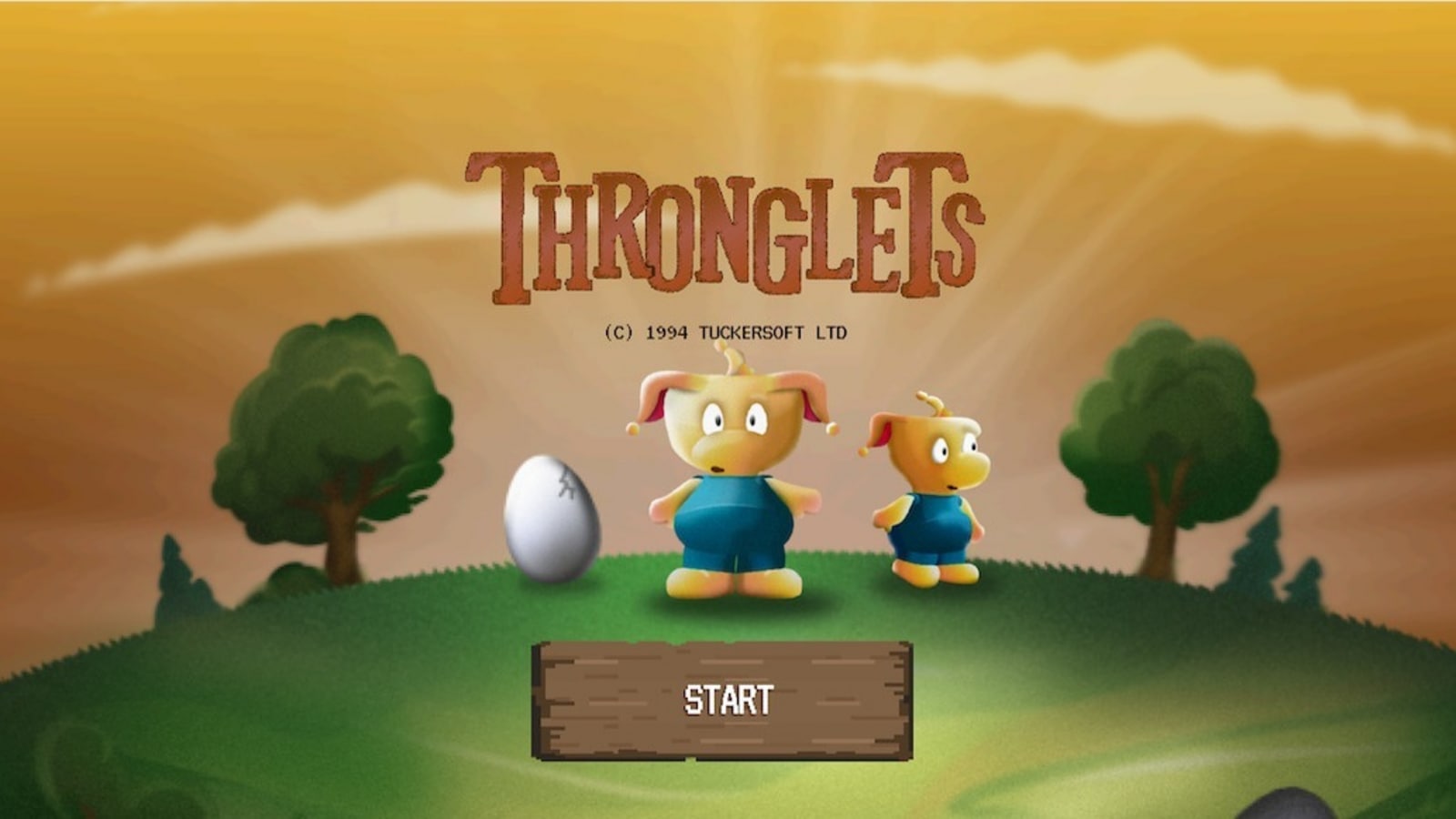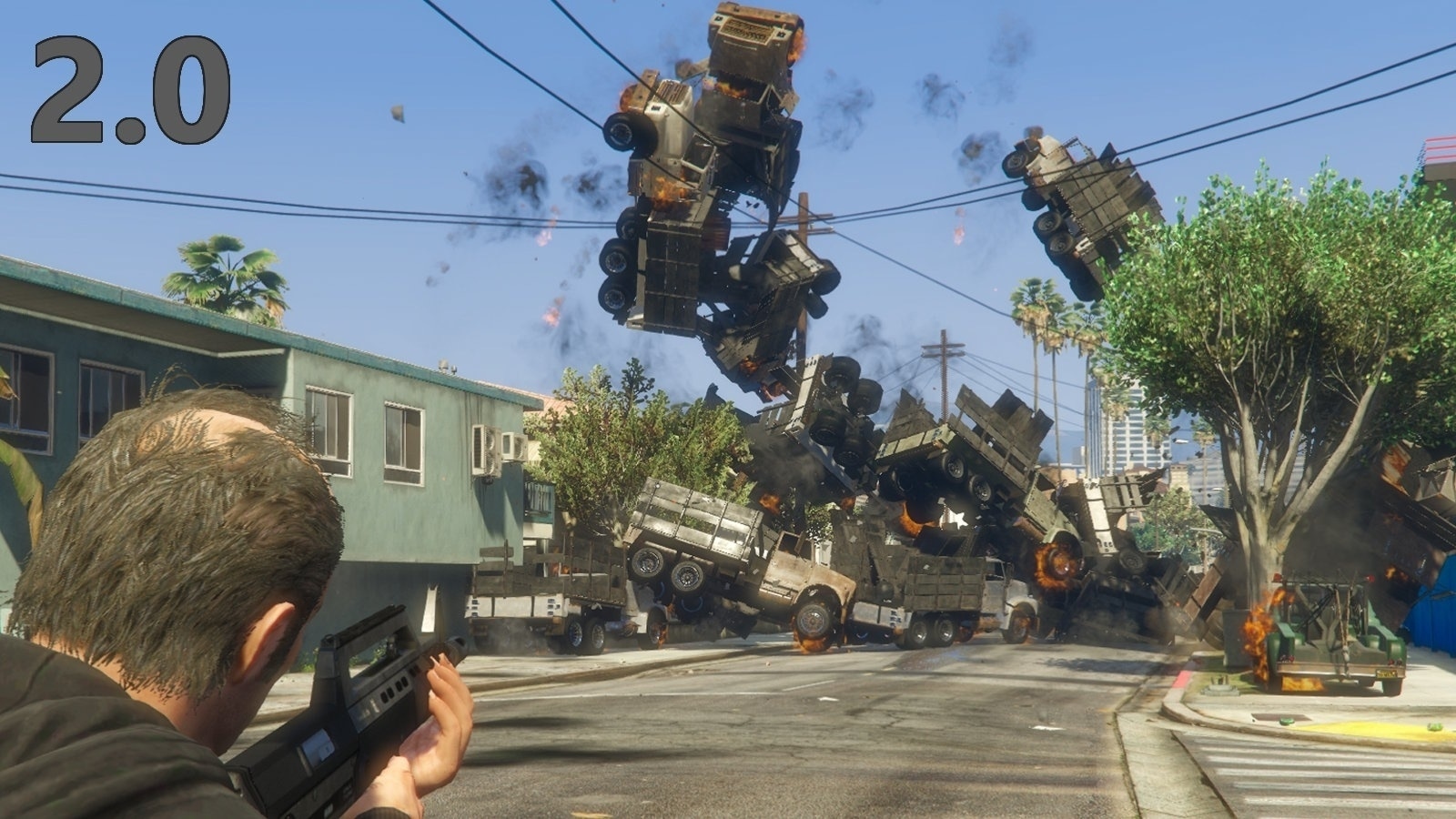DOHA, Qatar — One by one, they have exited the World Cup stage that has been theirs for so long. Some, like Luis Suárez, restless and helpless, on the substitutes’ bench, could not hold back their tears. Others, like Romelu Lukaku and Edinson Cavani, lashed out at whatever inanimate object crossed their path, unable to contain their rage.
One or two have managed to greet the end with grace: a smile on the lips of Robert Lewandowski, satisfied that he had, at least, signed off with a goal; a subtle, sorrowful shake of the head from Sergio Busquets as he turned his back on the missed penalty that had all but drawn the curtain on Spain’s campaign.
There are some who remain, of course, for now at least: Lionel Messi and Cristiano Ronaldo, Ángel Di María and Luka Modric, Thiago Silva and Pepe. Some will depart over the next two days. Some will have a stay of execution for another week or so. One or two will have the ending they crave, inside the gleaming, golden bowl of Lusail Stadium, a trophy in their hands and ticker-tape at their backs. But whenever it ends, however they react, for all of them, this will be goodbye.
It has felt, at times over the last two weeks, as if this World Cup is essentially a valedictory tour for Messi and Ronaldo, certainly the two standout players of their era and quite possibly any.
For the better part of two decades, they have been the central characters in both the sport’s overarching narrative and its daily life; every story has, at heart, been about them. This tournament could not be any different: it is, after all, their last chance to claim the one treasure that still eludes them, to find the missing piece, to cement not only their legend but their apotheosis.
Messi and Ronaldo, though, have always been something else, too: the spearheads of and the torchbearers for a generation of players that has dominated soccer for more than a decade, the starriest cast that soccer has ever assembled. Whether it is the most talented is not, in a way, especially relevant. What is indisputable is that it is, by some distance, the most famous.
A Brief Guide to the 2022 World Cup
What is the World Cup? The quadrennial event pits the best national soccer teams against each other for the title of world champion. Here’s a primer to the 2022 men’s tournament:
Below Messi and Ronaldo, after all, stretches a group that includes not only Lewandowski, Suárez, Modric, Lukaku and Busquets, but Thomas Müller and Manuel Neuer, Jordi Alba and Sergio Ramos, Karim Benzema and Paul Pogba, Eden Hazard and Kevin De Bruyne and Daniel Alves and a couple of dozen others, too.
These are the names that have been woven deep into the fabric of elite soccer for what seems like a lifetime. It is 10 years since Hazard signed for Chelsea. It is 12 since Busquets and Alba won the World Cup with Spain, 13 since Benzema moved to Real Madrid, 14 since Alves joined Barcelona.
And yet they are still here, the figureheads and the focal points. Thanks to soccer’s rapid professionalization, to the quantum leaps in sports science and conditioning and nutrition over the last two decades, they have been able to survive at the game’s pinnacle for far longer than their predecessors could have imagined.
Pelé, the game’s first global superstar, was something of an outlier, its leading man from his blossoming at the 1958 World Cup to his transcendence in 1970, but few others lasted a decade at the top.
There were eight years between Zinedine Zidane’s apogee, at the 1998 World Cup, and his retirement after the 2006 tournament. (He did not, it is fair to say, greet the end with grace.) Diego Maradona was regarded as the best player in the world in 1984 but, derailed by his demons, was released from his contract with Napoli in 1991, a has-been at age 31.
Cristiano Ronaldo, on the other hand, signed for Manchester United before Facebook existed. He has declined at a considerably slower rate.
That longevity offers a partial explanation for the fame of the current group of stars, of course, but not a complete one. This is the first generation of players to have spent their entire careers in soccer’s most gilded age, the period — driven by the popularity of the Premier League and the Champions League, by the spiraling demand for television rights, by the insatiable lust for new horizons, new territory — in which the game was transformed from the world’s most popular sport into what the historian David Goldblatt has called the “biggest cultural phenomenon the world has ever known.”
Its clubs have been turned into the ultimate status symbols, squabbled over by oligarchs and sheikhs and nation states. Its showpieces have been borrowed and co-opted for the purposes of politics and power games. The players who have been, in many cases, the driving forces behind that supercharged growth have become the most famous people on the planet.
For all its self-importance, its taste for exaggeration, soccer has a curious tendency to underestimate the true scale of its impact and appeal. It is not, of course, a perfect measure, but Ronaldo has more followers on Instagram than anyone else on the planet: almost twice as many as Justin Bieber, for example, and not far off three times as large a following as LeBron James and Rihanna. Lionel Messi is second. He has as many followers as Katy Perry and Kourtney Kardashian combined.
That has come at a cost. Perhaps the best measure of the significance of this generation, its pervasiveness and its pull, is in what comes next. This World Cup, like every World Cup, has served as a midwife to soccer’s future: Jude Bellingham of England, Gavi and Pedri of Spain, and Argentina’s Énzo Fernández did not arrive in Qatar as unknowns, but they will certainly leave as stars. That is the enduring power of the tournament.
Their ages, though, are the giveaway. Soccer has, in effect, skipped a generation. There is no clutch of ready-made heirs to Messi, Ronaldo, Lewandowski and the rest waiting in the wings, primed to seize their thrones as soon as they retire, only a smattering: Neymar, Harry Kane, Mohamed Salah. This generation shone too brightly for anything to grow; it was only when their shadows had lengthened, just a little, that conditions proved amenable.
That is not to say that the old guard will ride off into the night as soon as their stay in Qatar ends. The Premier League starts again on Dec. 26, eight days after the World Cup final, and the rest of Europe’s domestic competitions will soon follow suit. The Champions League resumes in February. The central characters will endure, for now. There are more titles, more trophies, more glory for them to collect yet.
This World Cup, though, marks the beginning of the end. Some of them did not even make it this far, of course: Ramos was not selected for Spain’s squad; Benzema was ruled out of France’s with an injury a few days before the tournament began.
But by the time the next edition comes around in 2026, few — if any — of them will be present. Those that are can hope, at best, for the role that Ronaldo seems destined to fulfill for as long as Portugal remain here: something between a talisman and a source of trouble.
For all of them, whenever it comes, Qatar is goodbye, the last hurrah of the standard-bearers for soccer’s age of excess. It is perfectly fitting that it should have worked out this way: that their final stand should come in a tournament of unparalleled gloss and superimposed glamour, played out in lavish, gilded arenas, monuments to a world where money is no object, paid for with the sweat and the blood and the lives of people too poor to be part of the spectacle, rising above the desert sands in a country drawn to the game because of their irresistible appeal, their star power, their sheer fame.
Qatar is the stage on which they will all, at some point, say goodbye, soccer’s most famous generation taking their final bow in the heart of what their game has become.

























